Cats may not speak our language, but they’re experts at expressing themselves if you know what to look for. From the flick of a tail to the tone of a meow, every little gesture is packed with meaning. Whether they’re content, annoyed, playful, or seeking attention, your cat is constantly communicating in their own unique way. In this guide, we’ll explore 12 surprising and fascinating ways cats show you exactly how they feel. Once you learn to read their cues, your bond with your feline friend will grow stronger than ever!
The Flick of the Tail: More Than Just a Swish
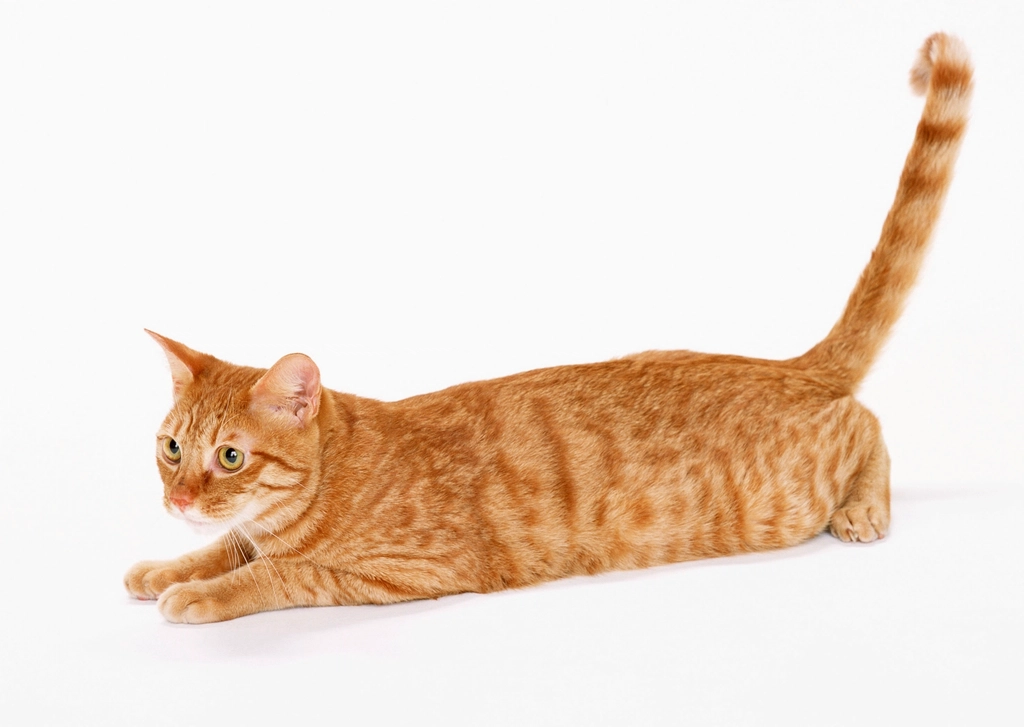
A cat’s tail is like a mood ring—constantly shifting to reflect their inner world. When your cat’s tail is held high and straight, it’s a sign of confidence and happiness. But if that tail starts twitching at the tip, your cat might be feeling a mix of excitement or slight irritation. Watch out for a thick, bushy tail—this usually means your cat is frightened or startled. If the tail is low or tucked beneath the body, that’s often a sign of anxiety or submission. Sometimes, a slow, sweeping tail can indicate intense focus, especially if they’re watching a bird or a toy. The next time you wonder what your kitty is thinking, just follow their tail—it rarely lies.
Purring: The Soundtrack of Feline Contentment (and More!)
Purring is one of the most iconic cat sounds, usually associated with happiness and comfort. When your cat curls up in your lap and starts to purr, it’s a heartwarming sign they feel safe and loved. But did you know cats also purr when they’re anxious, in pain, or even frightened? Some experts believe purring is a way for cats to self-soothe or seek comfort from their humans. The frequency of a cat’s purr has even been linked to healing properties, helping them recover from injuries. So, while a purring cat is often a happy cat, it’s important to pay attention to the context and their overall body language.
Meowing: The Feline Conversation Starter
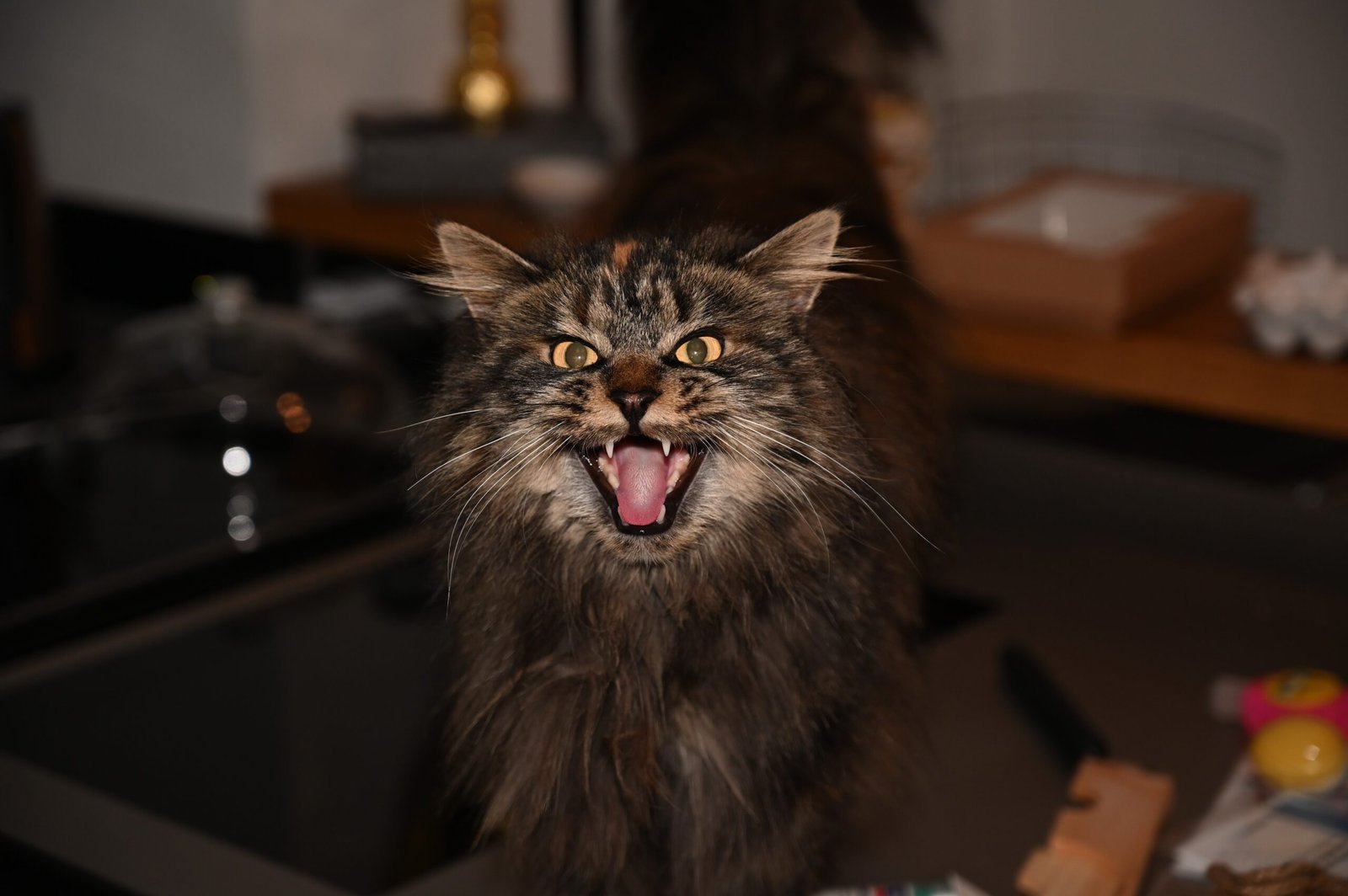
Unlike their wild ancestors, domestic cats developed meowing mostly to communicate with humans. Each meow is unique—some are soft and sweet, while others are loud and demanding. A short, high-pitched meow usually means your cat is greeting you or asking for attention. Long, drawn-out meows often signal insistence, like when dinner is late. Chatty cats may carry on full “conversations,” especially with their favorite people. If your usually quiet cat starts meowing excessively, it could be a sign of distress or a medical issue. Don’t ignore their words—your cat is trying to tell you something important.
Slow Blinking: The Ultimate Kitty Compliment
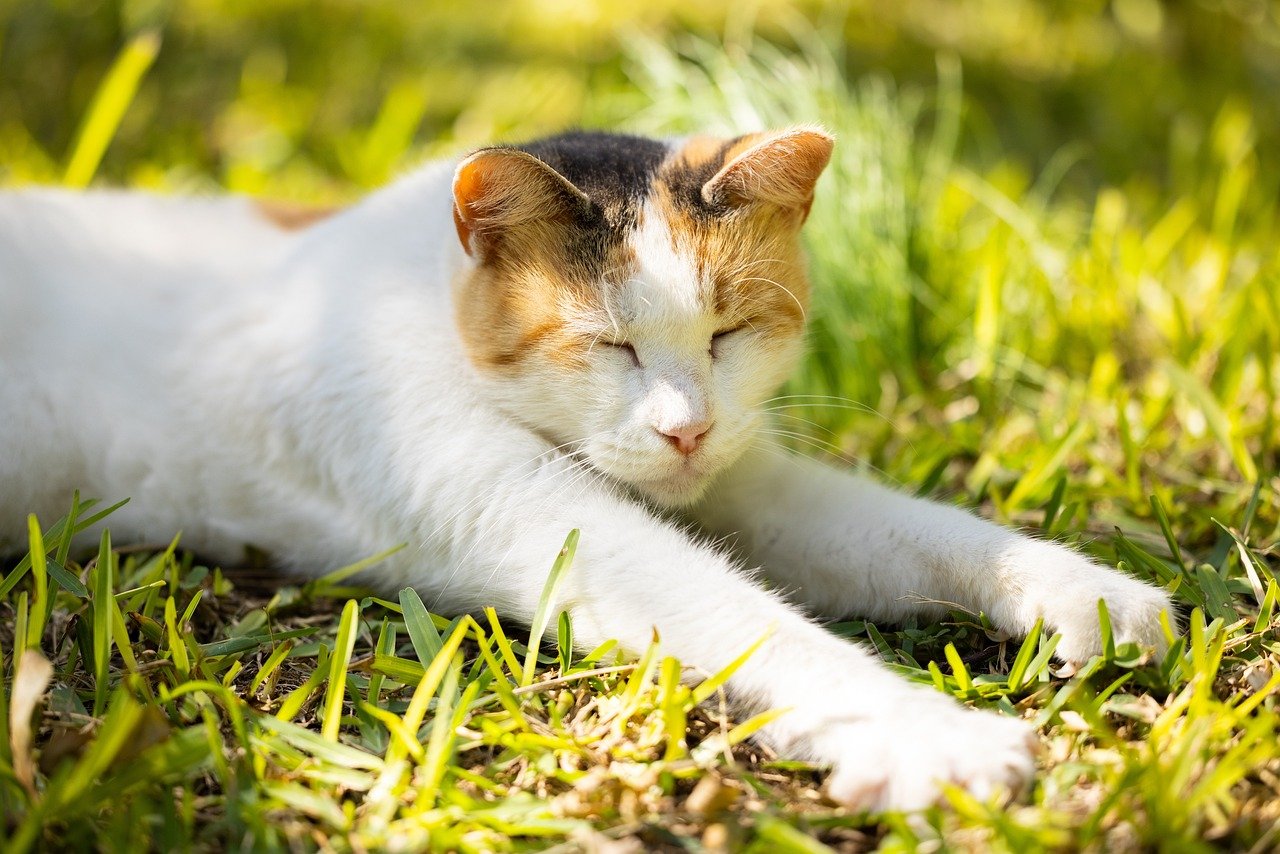
Have you noticed your cat looking at you and blinking slowly, almost as if in a trance? This is one of the most affectionate gestures a cat can offer—a sign of deep trust and comfort. Experts call it the “cat kiss.” When you slow blink back at your cat, you’re telling them you love and trust them too. It’s a silent way of saying, “I’m safe with you.” Cats will slow blink with each other and with humans they adore. Next time you catch your cat doing this, try slow blinking back—you might be surprised by how quickly they respond.
Ear Movements: Listening Beyond Words
A cat’s ears are like little radar dishes, constantly swiveling to pick up sounds and signals. When your cat’s ears are perked up and facing forward, they’re engaged and curious. Ears turned sideways or flattened against the head, however, can indicate fear, aggression, or irritation. If one ear swivels back while the other stays forward, your cat might be feeling conflicted or on alert. Some cats even twitch their ears when annoyed. Learning to “read” your cat’s ears is like learning a new language—it helps you understand their mood before they even make a sound.
Exposing the Belly: Trust or Playful Trap?
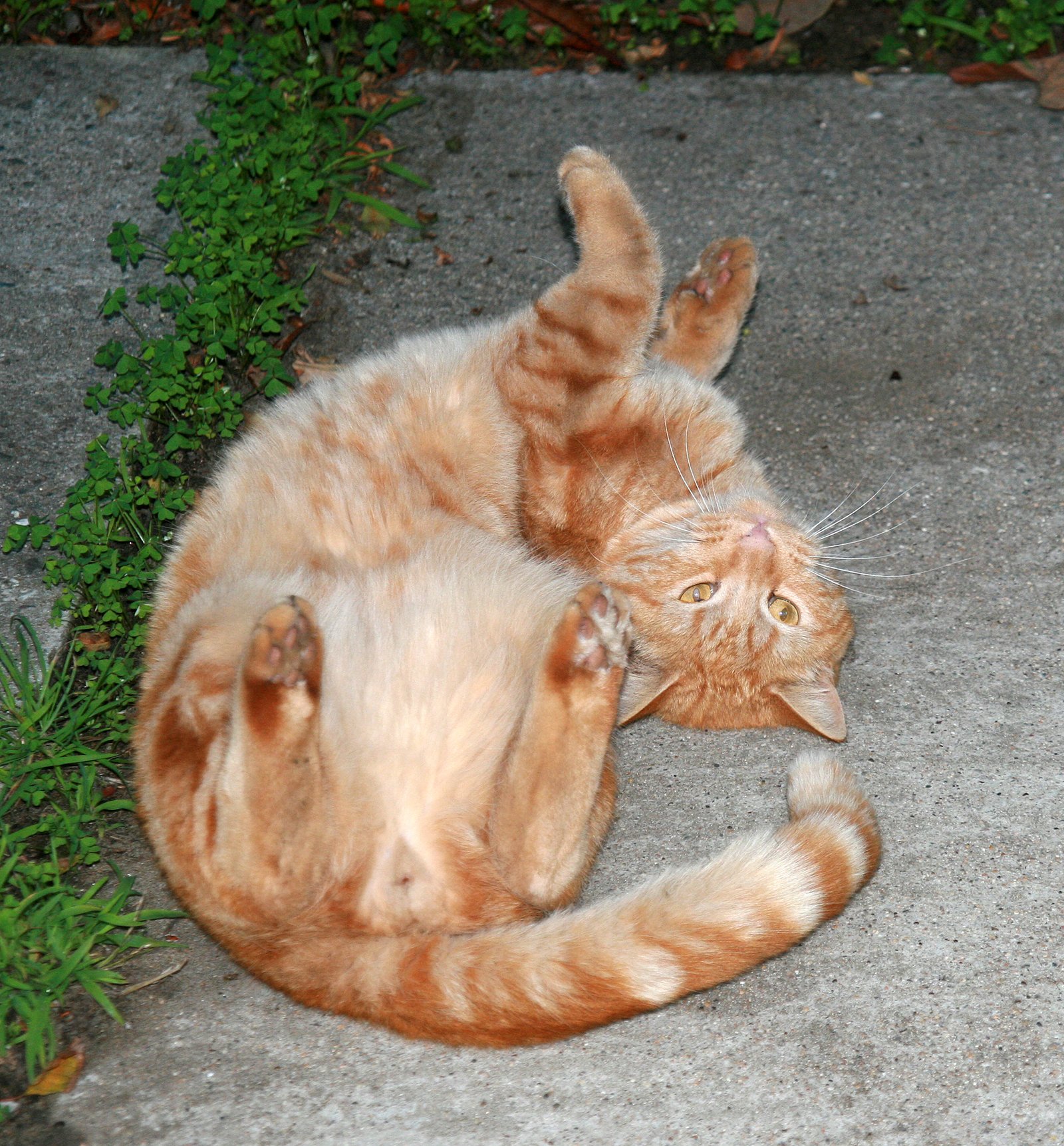
It’s hard to resist when a cat rolls over and exposes their soft, furry belly. This vulnerable pose can be a powerful sign of trust—your cat feels safe enough to let down their guard. However, not every exposed belly is an invitation for tummy rubs! Some cats will quickly turn a belly pet into a playful wrestling match, grabbing your hand with their paws. Understanding your own cat’s personality is key. For some, belly exposure is pure affection; for others, it’s just another chance to show off their playful side.
Kneading: A Throwback to Kittenhood
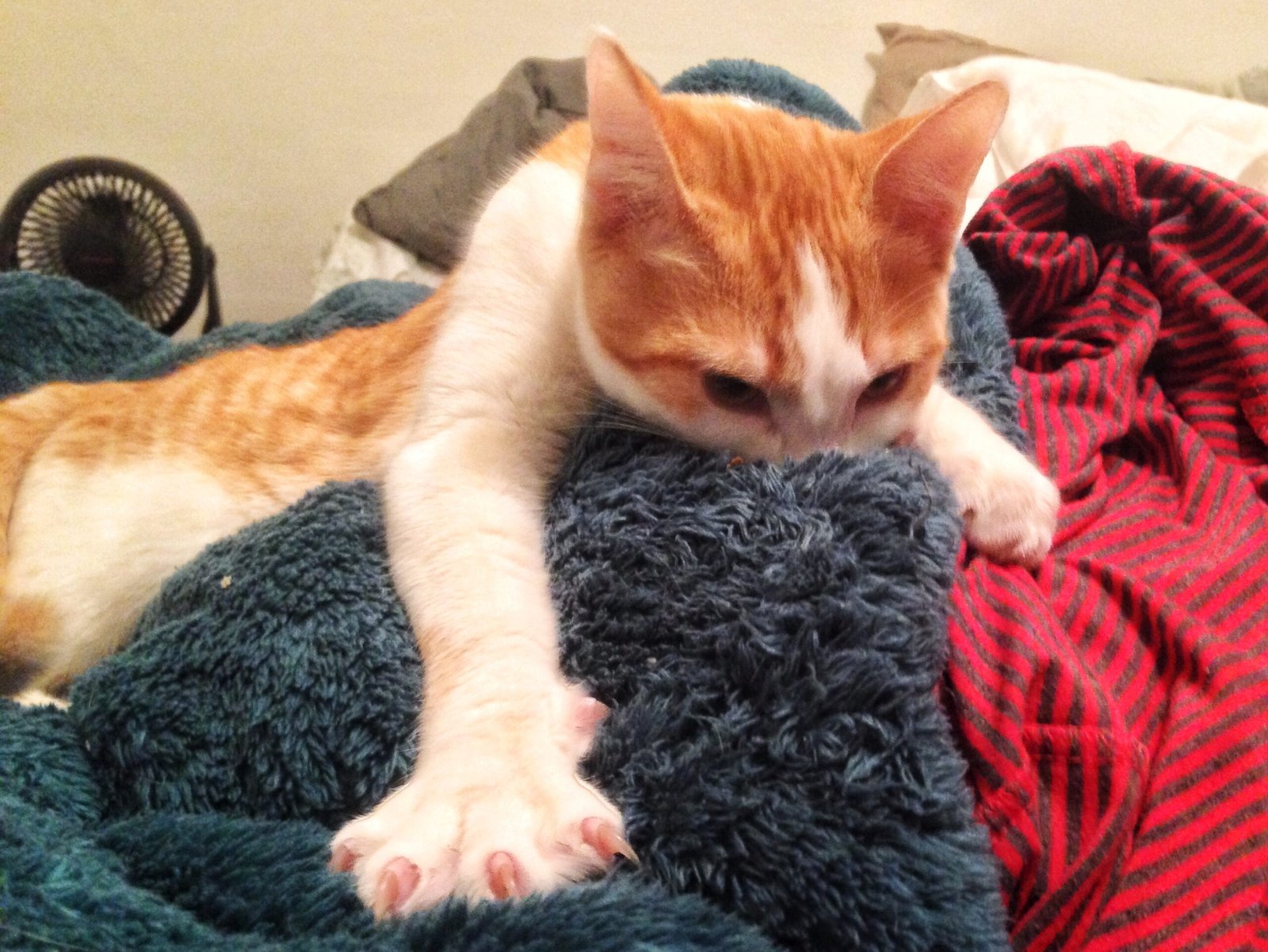
When a cat presses their paws into a blanket, your lap, or even your stomach, it’s called kneading, or “making biscuits.” This adorable behavior harks back to kittenhood, when kittens knead their mother’s belly to stimulate milk flow. Adult cats knead when they’re feeling especially content, cozy, or even a bit nostalgic. If your cat kneads you, take it as the ultimate compliment—they see you as a source of comfort and love. It’s their way of saying, “You’re my safe place.”
Chirping and Chattering: The Hunter’s Excitement
If you’ve ever seen your cat at the window, staring at birds or squirrels and making odd chirping or chattering noises, you’re witnessing their inner predator at work. This excited vocalization happens when a cat is watching prey that they can’t reach. Some believe it’s a sign of frustration, while others think it mimics the sound of prey to lure them closer. Either way, chattering is a fascinating glimpse into your cat’s natural instincts and their excitement at the possibility of a hunt.
Grooming: Self-Care and Social Bonds
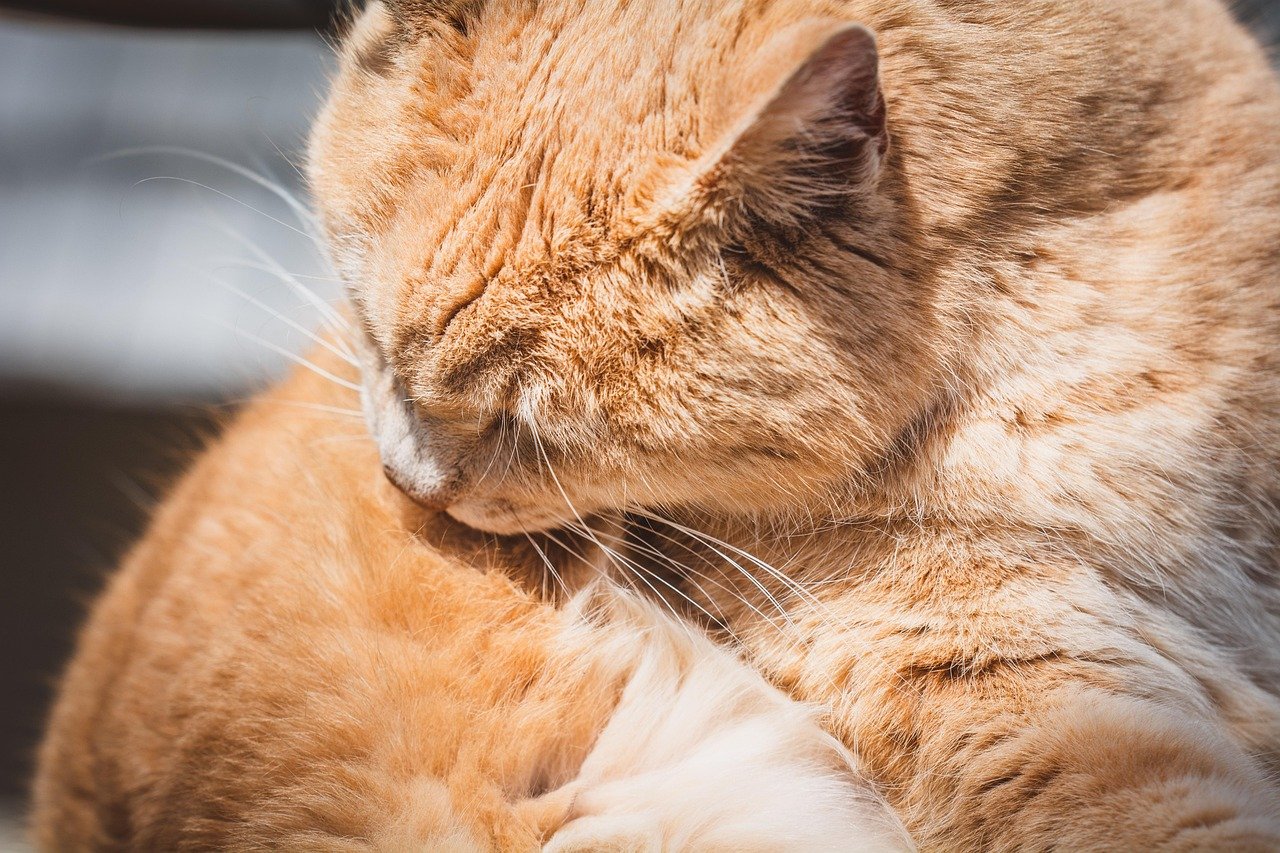
Cats are famous for their meticulous grooming habits. When your cat spends hours cleaning themselves, it’s more than just vanity—it’s a sign of comfort, health, and well-being. Over-grooming, however, can signal stress or a medical issue, so keep an eye out for bald patches or irritated skin. Cats also groom each other and even their human friends as a way to strengthen social bonds. If your cat licks your hand or face, they’re treating you like family.
Hiding: Seeking Solitude or Feeling Unwell
When your usually outgoing cat suddenly disappears under the bed or in the closet, it can mean several things. Sometimes cats just need a break from the noise and chaos, seeking solitude to recharge. However, hiding can also be a sign of stress, fear, or illness. Pay attention to any changes in your cat’s hiding habits—if they’re spending more time out of sight than usual, it might be time for a vet visit. Respect their need for personal space, but don’t ignore drastic changes.
Head Butting and Rubbing: Marking Their Territory (and You!)
A gentle head butt or a rub against your legs is your cat’s way of marking you as part of their world. Cats have scent glands on their heads and cheeks, and by rubbing against you, they’re leaving their scent—a sign of ownership and affection. This gesture is their way of saying, “You belong to me, and I belong to you.” It’s a tender, reassuring ritual that builds trust and connection between you and your feline companion.
Arched Back and Puffing Up: The Classic Scaredy Cat
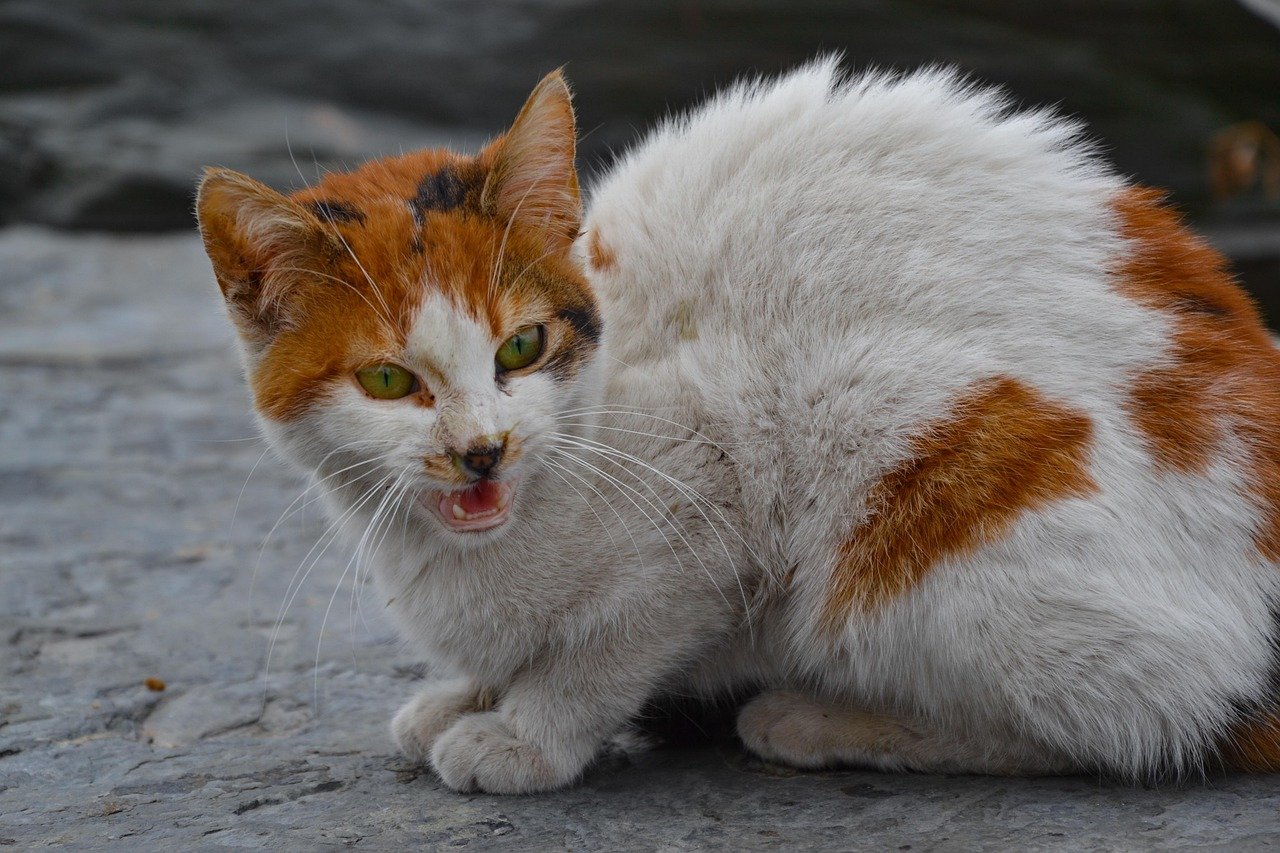
Few images are as iconic as a cat with its back arched, hairs standing on end, and tail puffed up like a bottle brush. This dramatic posture is a clear signal: your cat is frightened or trying to look larger in the face of a perceived threat. It’s a defense mechanism meant to intimidate predators or rivals. If you see your cat like this, give them space to calm down. Remember, even the bravest cat can get spooked, and this pose is their way of saying, “Back off!”
Cats speak a language all their own, full of subtle hints and dramatic displays. By paying attention to these 12 signals, you can deepen your bond and truly understand how your cat feels—turning your home into a place where every whisker, meow, and tail flick tells a story.





